| 结构式 | 名称/CAS号 | 全部文献 |
|---|---|---|
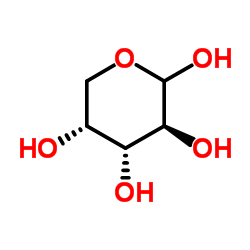 |
D-阿拉伯糖
CAS:10323-20-3 |
|
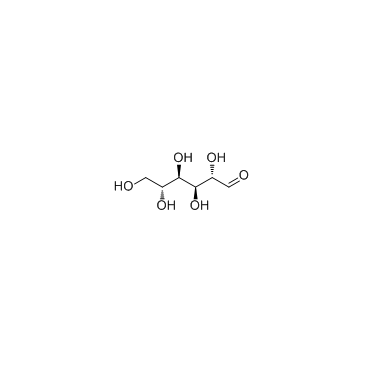 |
D-甘露糖
CAS:3458-28-4 |
|
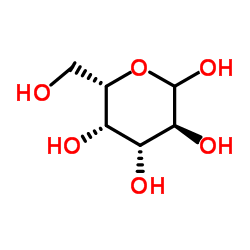 |
L-乳糖
CAS:15572-79-9 |
|
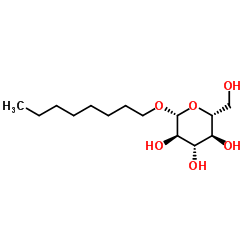 |
辛基-beta-D-吡喃葡萄糖苷
CAS:29836-26-8 |
|
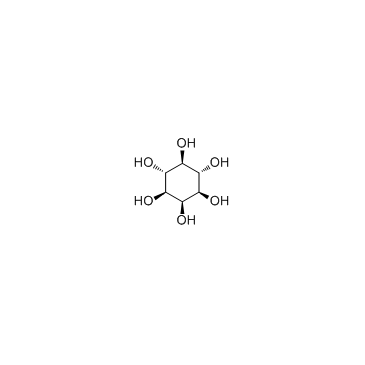 |
肌醇
CAS:87-89-8 |